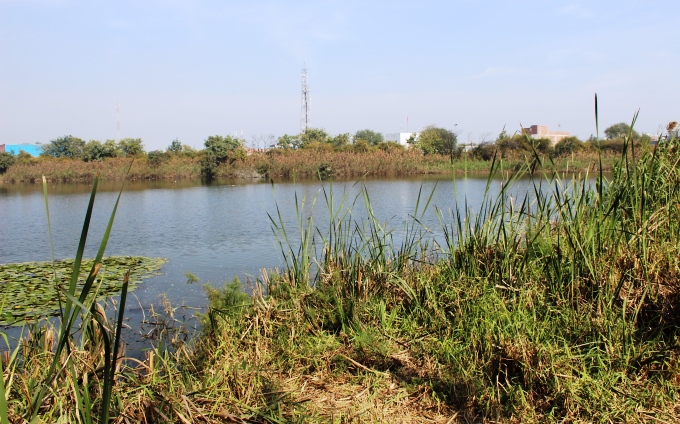
Wetlands are known as kidneys of the ecosystem and provide useful ecosystem services at the local, regional and global scales. The kidney metaphor highlights the ability of wetlands to filter water by absorbing pollutants and sediments, especially during the process of ground water recharge. They also provide the very useful ecosystem service of checking floods and acting as a reservoir for aquatic biodiversity.
[button url=”https://delhigreens.org/publications/factsheet-on-importance-of-wetlands/” style=”blue” size=”small” type=”round” ]Click here to Download Factsheet on Importance of Wetlands[/button]
Destruction and disappearance of wetlands could have devastating effects, especially in densely populated urban centres like Delhi, Chennai, etc. A study published by the Indian Institute of Science (IISc) and popularized through The Hindu highlighted how Chennai paid the price for the loss of its wetlands.
The city of Delhi is known to have over 1,000 wetlands at the turn of the last century. The Delhi Climate Action Plan, published in 2009, enlisted 621 wetlands to have existed in the National Capital Territory (NCT) of Delhi, and stated that many of these have been dried and/or are beyond recovery. It is therefore important to understand how many wetlands we have left, and to prevent the existing wetlands from being degraded further.
The following project is working to create an online, interactive database of all existing wetlands in the NCT of Delhi. The project will also engage the community and urge citizen action for the protection and conservation of the wetlands of Delhi.
Objectives:
- To identify existing wetlands in the National Capital Territory (NCT) of Delhi and prepare a location and status based inventory.
- To create an online interactive portal using this inventory for enabling citizen participation in the monitoring and management of individual wetlands.
